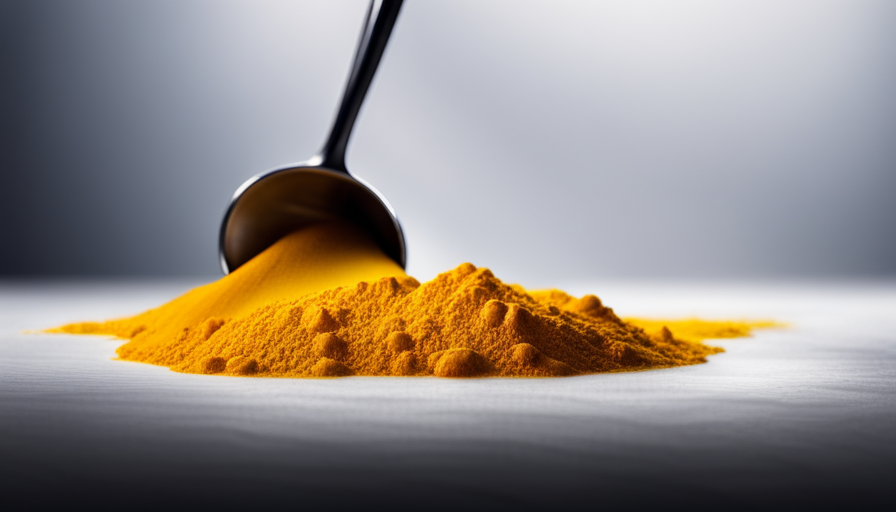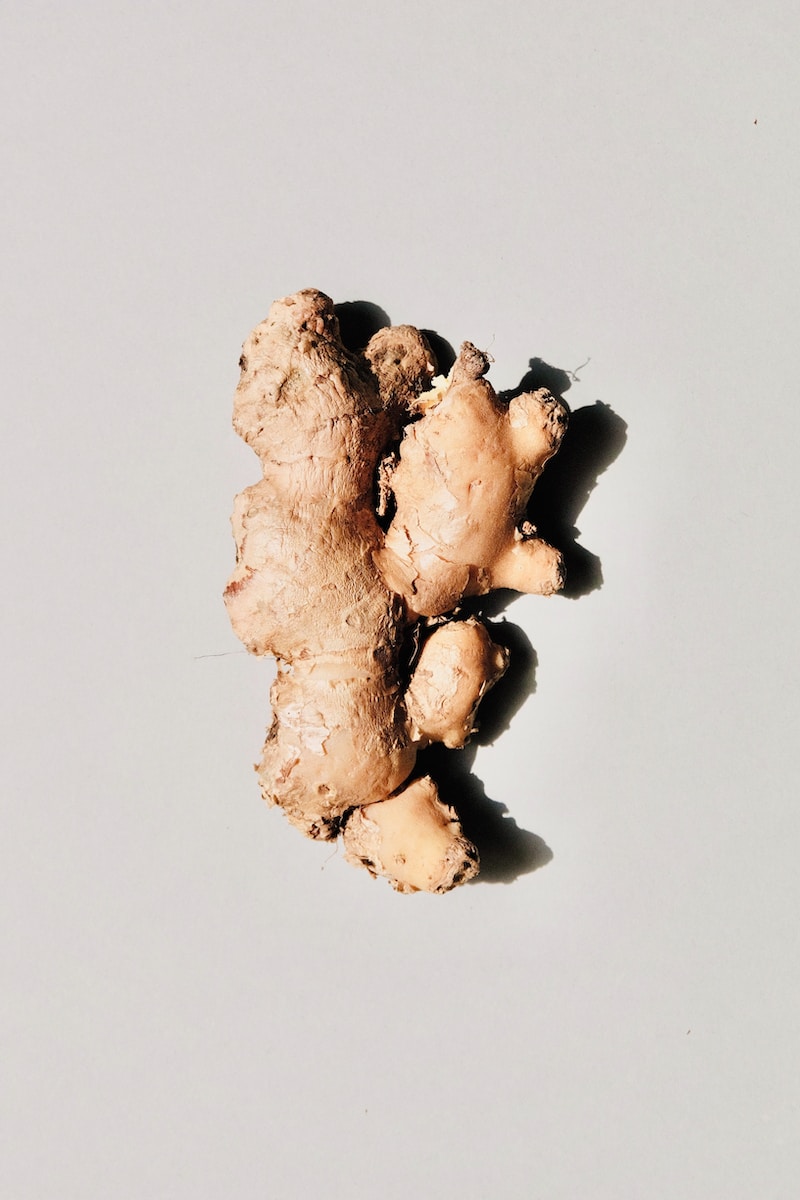Do you add milk to turmeric tea?
This is a question that many people ask when preparing this popular beverage. Turmeric tea has gained popularity in recent years due to its potential health benefits, such as reducing inflammation and boosting the immune system. But when it comes to adding milk, opinions are divided.
Milk has long been a common addition to tea, as it can enhance the flavor and provide a creamy texture. However, when it comes to turmeric tea, the decision to add milk is a personal one. Some people believe that milk can interfere with the absorption of turmeric’s active compound, curcumin, while others argue that it can actually enhance its bioavailability.
In this article, we will explore the benefits of turmeric tea, the role of milk in tea, traditional turmeric tea recipes, personal preferences and taste, health considerations, and expert opinions and research findings. By the end, you will have a better understanding of whether or not to add milk to your turmeric tea, and can make an informed decision based on your own preferences and health goals.
Key Takeaways
- Opinions are divided on whether to add milk to turmeric tea.
- Traditional turmeric tea recipes often include milk, but non-dairy alternatives are available.
- Personal preferences and taste influence the decision to add milk to turmeric tea.
- Health considerations, like dairy allergies, may require non-dairy alternatives.
Benefits of Turmeric Tea
One of the great things about turmeric tea is that it’s not only delicious, but it also provides a wide range of health benefits. Turmeric tea has gained popularity for its potential role in weight loss and reducing inflammation.
Studies have shown that the active compound in turmeric, called curcumin, may help with weight management by increasing metabolism and reducing fat tissue growth. Additionally, curcumin has been found to have anti-inflammatory properties, which can help alleviate symptoms of chronic inflammation in the body. This is important because chronic inflammation is linked to various health conditions, including heart disease, diabetes, and certain types of cancer.
So, by incorporating turmeric tea into your daily routine, you may not only enjoy a flavorful beverage but also reap the potential benefits for weight loss and inflammation.
Now, let’s explore the role of milk in tea.
The Role of Milk in Tea
To enhance the taste and create a harmonious blend, simply pour a splash of creamy goodness into your golden elixir. Adding milk to turmeric tea is a personal choice that can offer various benefits.
While traditional turmeric tea recipes often include milk, there are also milk alternatives that can be used for those who are lactose intolerant or prefer a non-dairy option. Milk adds a smooth and creamy texture to the tea, balancing the strong flavors of turmeric and other spices. It also helps to mellow out the bitterness and adds a touch of sweetness. However, it’s important to note that cultural variations exist, and some traditional recipes may not include milk.
In the next section, we will explore some of these traditional turmeric tea recipes and the unique ingredients they incorporate.
Traditional Turmeric Tea Recipes
When it comes to traditional turmeric tea recipes, there are a few variations to consider.
One option is to make it with milk and spices, which adds a creamy and flavorful element to the tea.
Another option is to make it without milk, which allows the turmeric to shine through and provides a lighter and more refreshing taste.
Lastly, some people enjoy adding lemon and honey to their turmeric tea, which adds a tangy and sweet twist to the drink.
With Milk and Spices
Adding milk to turmeric tea enhances its flavor and adds a creamy richness that complements the warm spices beautifully. Here are a few reasons why you should try adding milk to your turmeric tea:
- Creaminess: The addition of milk creates a velvety texture that makes each sip more indulgent.
- Flavor enhancement: Milk helps mellow the strong taste of turmeric, allowing other spices like cinnamon and ginger to shine through.
- Nutritional benefits: Milk is a good source of calcium and protein, which can further boost the health benefits of turmeric.
- Traditional favorites: Adding milk to turmeric tea is a common practice in traditional recipes like turmeric latte or golden milk.
Now, let’s explore the next section about enjoying turmeric tea without milk, with the refreshing combination of lemon and honey.
Without Milk, with Lemon and Honey
Experience a refreshing twist on turmeric tea by combining zesty lemon and sweet honey for a burst of citrusy flavor. Adding lemon to turmeric tea not only enhances its taste but also provides several health benefits.
Lemon is rich in vitamin C, which helps boost the immune system and aids in digestion. It also contains antioxidants that fight against free radicals, reducing the risk of chronic diseases. Additionally, lemon juice is known to alkalize the body, promoting a healthy pH balance.
Honey, on the other hand, adds a touch of sweetness to the tea while offering its own set of benefits. It possesses antibacterial properties, soothes sore throats, and can even help alleviate seasonal allergies.
Together, lemon and honey create a delightful and nutritious beverage that can be enjoyed any time of the day.
Moving on to personal preferences and taste, individuals may choose to experiment with different variations of turmeric tea to suit their liking.
Personal Preferences and Taste
If you’re craving a creamy and indulgent twist, try adding a splash of milk to your turmeric tea. It not only adds a smooth and velvety texture but also enhances the flavor profile of the tea.
Here are four milk alternatives you can use to make your turmeric tea even more delightful:
-
Coconut milk: It adds a rich and tropical taste to your tea, complementing the earthiness of turmeric.
-
Almond milk: This creamy and nutty milk alternative pairs well with the warm and spicy notes of turmeric.
-
Cashew milk: With its mild and slightly sweet flavor, cashew milk harmonizes with the spiciness of turmeric.
-
Oat milk: It adds a subtle sweetness and a creamy texture, creating a well-balanced cup of turmeric tea.
Adding milk to turmeric tea is a personal preference, and it depends on your taste and dietary choices. However, it’s important to note that if you’re considering adding milk, be mindful of any health considerations.
Health Considerations
When it comes to enjoying a cup of turmeric tea, it’s important to keep in mind any health considerations that may affect your choice of ingredients. Some individuals may have dairy allergies, making it necessary to seek alternatives to milk when adding it to turmeric tea. Fortunately, there are several vegan options available that can provide similar creaminess and flavor. One popular choice is almond milk, which is made from ground almonds and water. Another option is coconut milk, which is derived from the grated flesh of mature coconuts. Both alternatives can add a rich and creamy texture to turmeric tea without compromising on taste. Additionally, these vegan alternatives are packed with nutrients and can offer their own health benefits. Transitioning into the subsequent section about expert opinions and research findings, it is important to consider the various perspectives and evidence available.
Expert Opinions and Research Findings
Fortunately, many experts and research studies have shown that incorporating turmeric into your daily diet can have numerous health benefits. When it comes to preparing turmeric tea, adding milk is a common practice for its creamy texture and taste. However, if you prefer alternatives to milk, there are plenty of options available. You can use plant-based milks like almond, coconut, or soy milk, which not only provide a creamy consistency but also offer additional health benefits.
For example, almond milk is low in calories and rich in vitamin E, while coconut milk contains medium-chain triglycerides that can boost metabolism. Soy milk is a good source of protein and can help lower cholesterol levels. Ultimately, the choice of milk or alternative comes down to personal preference and dietary needs.
With this in mind, let’s delve into the conclusion and final thoughts on turmeric tea.
Conclusion and Final Thoughts
To conclude, incorporating turmeric into your daily diet can bring about a myriad of health benefits, making it a valuable addition to your wellness routine. Numerous studies have shown that turmeric has anti-inflammatory and antioxidant properties, which can help reduce the risk of chronic diseases such as heart disease, diabetes, and cancer.
It can also boost the immune system and improve digestion. Moreover, turmeric has a long-standing cultural significance in many countries, particularly in India, where it has been used for centuries in traditional medicine and cooking. Its vibrant yellow color and distinct flavor have made it a staple in dishes like curry and turmeric tea.
So, adding milk to turmeric tea not only enhances its taste but also provides additional health benefits, as milk is a good source of calcium and vitamin D. Overall, incorporating turmeric into your diet can have numerous health benefits and cultural significance.
Frequently Asked Questions
Can I use any type of milk in turmeric tea?
Yes, you can use any type of milk in turmeric tea. Alternative milk options like almond, coconut, or soy milk can be used. Adding milk enhances the benefits of turmeric tea by improving its absorption and providing additional nutrients.
Are there any side effects of consuming turmeric tea with milk?
Consuming turmeric tea with milk may have various health benefits. Turmeric is used in traditional medicine for its anti-inflammatory and antioxidant properties, which may be enhanced when combined with milk. However, further research is needed to fully understand the potential effects.
Can I add other spices to my turmeric tea with milk?
Adding spices to turmeric tea with milk can enhance its flavor and provide additional health benefits. Spices like ginger, cinnamon, and black pepper can boost digestion, reduce inflammation, and increase the antioxidant content of the tea.
How long should I steep the turmeric tea with milk?
To get the most out of turmeric tea, steep it for about 10-15 minutes. This allows the flavors and beneficial compounds to fully infuse into the tea. The longer steeping time can enhance the potential health benefits of turmeric tea.
Is it necessary to add sweeteners to turmeric tea with milk?
Turmeric tea with milk can taste delicious without sweeteners. However, if you prefer a sweeter taste, adding honey or sugar can enhance the flavor. It ultimately depends on your personal preference.
Conclusion
In conclusion, after exploring the benefits of turmeric tea, the role of milk in tea, traditional recipes, personal preferences, health considerations, expert opinions, and research findings, it’s evident that adding milk to turmeric tea is a matter of personal choice.
While some may argue that milk enhances the flavor and provides additional health benefits, others may prefer to enjoy the tea without milk. Ultimately, the decision to add milk to turmeric tea should be based on individual taste and preferences.
So go ahead and experiment with your turmeric tea, and let your taste buds go on a wild and flavorful adventure!










